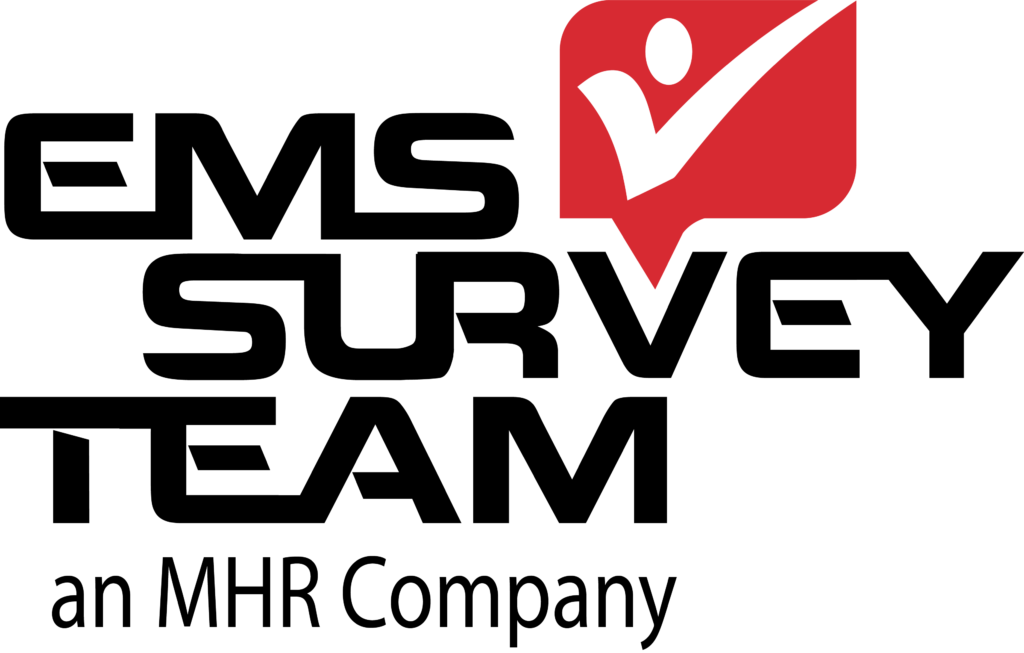Patient experience feedback is a performance metric that continues to be overlooked by most EMS agencies. Without it, industry leaders are unable to fully determine how organizational members are interacting with patients, what aspects of the services provided need improvement, and most importantly, how patients feel about their experience with individuals who represent your organization.
Patient experience data offers insights into the patient’s perception of care. Through a combination of numeric scores and patient comments, a picture comes together to make the overall patient experience clearer. Quantifying patient experiences results in actionable data that drive decisions. Qualifying patient experiences allows you to see inside of the heart and mind of the patient. Both are valuable and powerful. This data provides clarity as to what your patients truly appreciate about your staff and services. To gain insights into these areas of strength — and areas of opportunity — you need actionable, high-quality patient experience data.
One of the best patient experience measurement tools to capture this data is to simply survey your patients. How you go about creating PX surveys, distributing them, and turning the feedback you receive into actionable intelligence varies. Some EMS agencies choose to perform this process in-house, which can take up valuable time and resources and be subject to survey reporting bias. An alternative is to partner with a third-party who can design, implement, execute, and provide reporting of your patient experience survey program.
EMS leaders should consider choosing a survey provider with proven experience specific to the EMS industry. The organization must have the expertise, technology, and processes in place to provide meaningful patient experience data that will help your organization capture the true patient story.
Why You Should Capture Patient Experience Data
Gathering patient feedback is essential to providing the best experiences. It allows EMS leaders to analyze their services from a different perspective and may put the patient experience at the forefront. For example, rapid response times may mean very little if your patients feel that their EMS providers are unprofessional, uncaring, and rude. A patient-centered approach encourages collaboration between your organization and the community that it serves, and in turn, affects the way your organization delivers emergent and non-emergent services.
Engaging your community with patient experience surveying is an opportunity to learn what your organization’s reputation really is. For example, a deputy fire chief in the Pacific Northwest recently said, “We thought we were good, but we didn’t really know.” After gathering patient experience feedback, he confidently said, “We aren’t a good fire department, we are a great one!” His organization was able to concretely see where it stands in patients’ and community members’ minds.
Most organizations strive for excellence. Have you ever seen an organization’s mission or vision statement that included “Strive for Goodness?” A third-party patient experience survey service should have the ability to benchmark your organization against other EMS agencies. Not only that, benchmarking against your historical performance over time reveals improvement, confirming that you have made the best decisions for the organization you lead. Sharing these results with legislators, commissioners, and other vested partners can pay dividends for the future of your organization.
Gathering patient experience feedback is an aspect of performance that impacts your patients’ perceptions, relations, and connections with your organization. Without it, improvement efforts may be misaligned with the needs of the community that you serve. EMS Survey Team can help you identify these needs and capture multiple data composites, thereby enhancing your overall patient experience.
For more information on gathering actionable patient experience data, contact Lyn Berghuis, Survey Experience Director – EMS Survey Team.
Ms. Berghuis has more than 15 years of healthcare experience working in a variety of leadership capacities. These include spearheading major patient experience improvement initiatives, creating and conducting new hire customer service training, managing complex service recovery situations, and co-facilitating Lean exercises such as value stream mapping. She has extraordinary command of data analytics, performance improvement initiatives and goal setting.

